Growing Virginia Creeper: Beware, This Non-Native Species Can Be Very Invasive

CLIMBERS > VIRGINIA-CREEPER
Reviewed By DAN ORI

Dan has over 27 years’ under his belt caring for plants and gardens. Working as a Horticultural Instructor and Consultant, he draws on a diverse range of experience that includes working as a Head Gardener, Tree Surgeon, Garden Centre Trouble Shooter, and writer of academic papers. Dan has a Level 3 Diploma in Horticulture and is currently a candidate for the RHS’s most prestigious award – The Master of Horticulture.
IN THIS GUIDE
VIRGINIA CREEPER GUIDES
A common sight around the UK, Virginia Creeper is a favourite choice for clothing the facades of country manors, estates and other large houses.
Easily identified by the large palmate form of its foliage, the leaves of Virginia Creeper are green throughout spring and summer, but when autumn arrives, it really puts on a show.
The vibrant hues of yellow, orange and red which follow are simply without parallel.
The plant does also bear small, green flowers in summer which may simply escape your attention, and they are known to produce clusters of tiny blackberries later in the year.
But beware – though they’re a favourite food source of birds, this plant does not come without its problems.1Allen, S., & LoPresti, M. (2009, October 1). Virginia Creeper: Beautiful Vine, Abundant Food Source. Loudoun Wildlife Conservancy. Retrieved March 22, 2023, from https://loudounwildlife.org/2009/10/virginia-creeper/
Overview
| Botanical Name | Parthenocissus quinquefolia |
| Common Name(s) | Virginia Creeper / American Ivy / American Woodbine |
| Plant Type | Perennial Climber |
| Native Area | North America |
| Hardiness Rating | H6 |
| Foliage | Deciduous |
| Flowers | Inconspicuous green flowers |
| When To Plant | Spring or Autumn |
| When To Prune | November |
Sunlight
Preferred
Full Sun or Partial Shade
Exposure
Exposed or Sheltered
Size
Height
Up to 20m
Spread
Up to 10m
Bloom Time
Summer
Soil
Preferred
Most fertile soils
Moisture
Moist but well-drained
pH
Any
As the name suggests, the Virginia Creeper is native to the east coast of North America, though it can also be found more centrally and further south in parts of Mexico and even Guatemala.2Mahr, S. (n.d.-j). Virginia Creeper, Parthenocissus quinquefolia. Wisconsin Horticulture. Retrieved March 22, 2023, from https://hort.extension.wisc.edu/articles/virginia-creeper-parthenocissus-quinquefolia/
Nonetheless, it grows without issue in the UK. In fact, some might say it grows a little too well.
A prolific climber, the Virginia Creeper is capable of reaching 20m in height if left to its own devices.
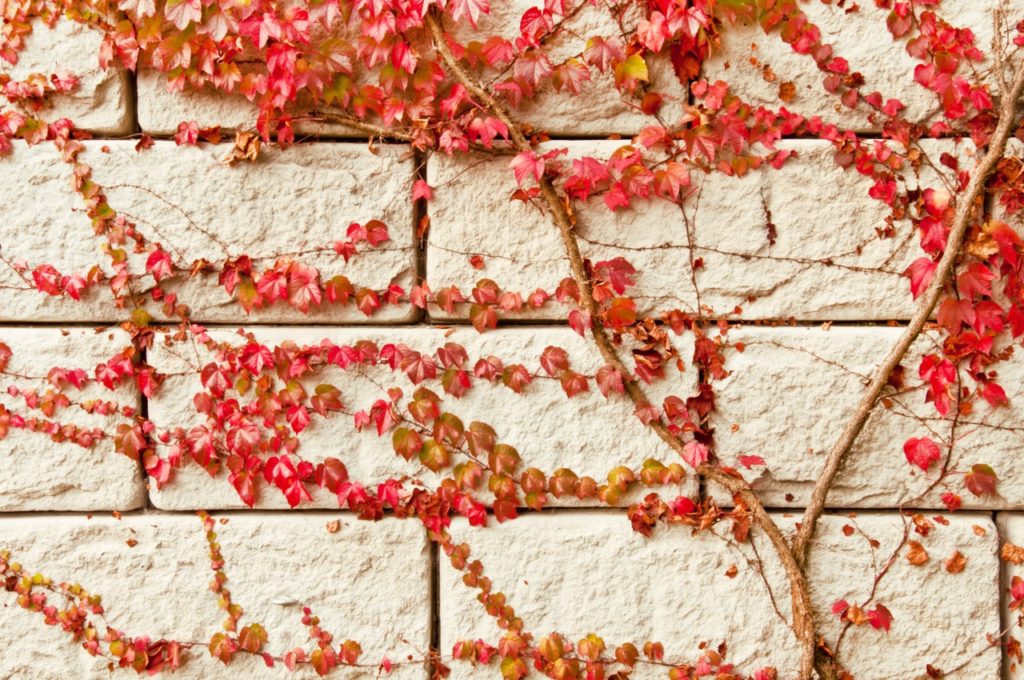
That’s why it’s advisable to watch it like a hawk and prune back regularly to keep its growth in check.
It’s so vigorous, in fact, that it’s been listed as a non-native invasive species in the UK.3Department for Environment, Food & Rural Affairs. (2011, May 26). Preventing the release into the wild of certain plants and animals: guidance. GOV.UK. Retrieved March 22, 2023, from https://www.gov.uk/government/publications/preventing-the-release-into-the-wild-of-certain-plants-and-animals-guidance
That doesn’t mean that its purchase and cultivation is prohibited, but rather that you should take care to ensure it doesn’t spread – even when disposing of cuttings.
Common Varieties
There are several varieties of Virginia Creepers to choose from, some of which are more suitable for garden cultivation than others.
These include:
Parthenocissus quinquefolia
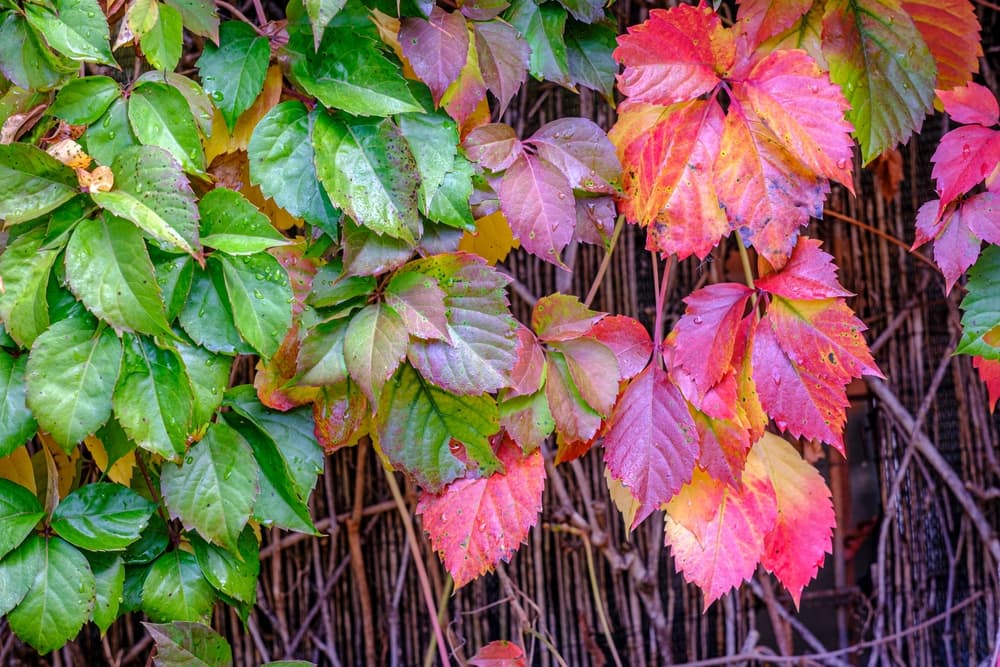
This plant is classed as a non-native invasive species and will run amok in your garden if left untended.
Only plant if you have the time and capability to keep it in check.
P. quinquefolia ‘Yellow Wall’
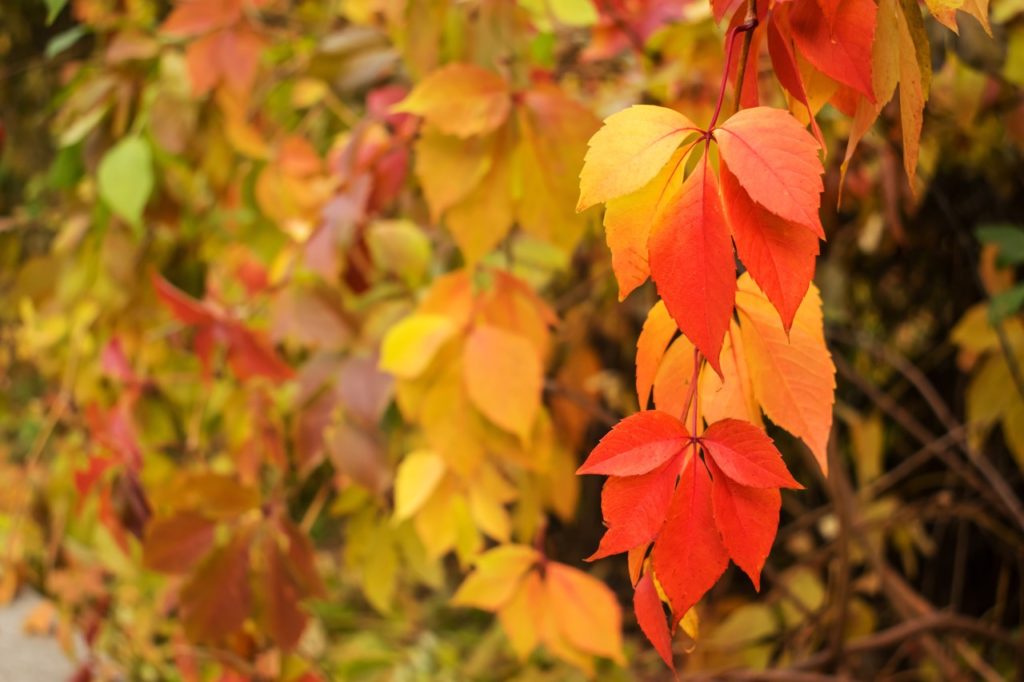
A relatively new addition to the Virginia Creeper family, ‘Yellow Wall’ grows to only 15m or so.
As the name suggests, its flowers turn a delicious shade of yellow come autumn.
P. henryana
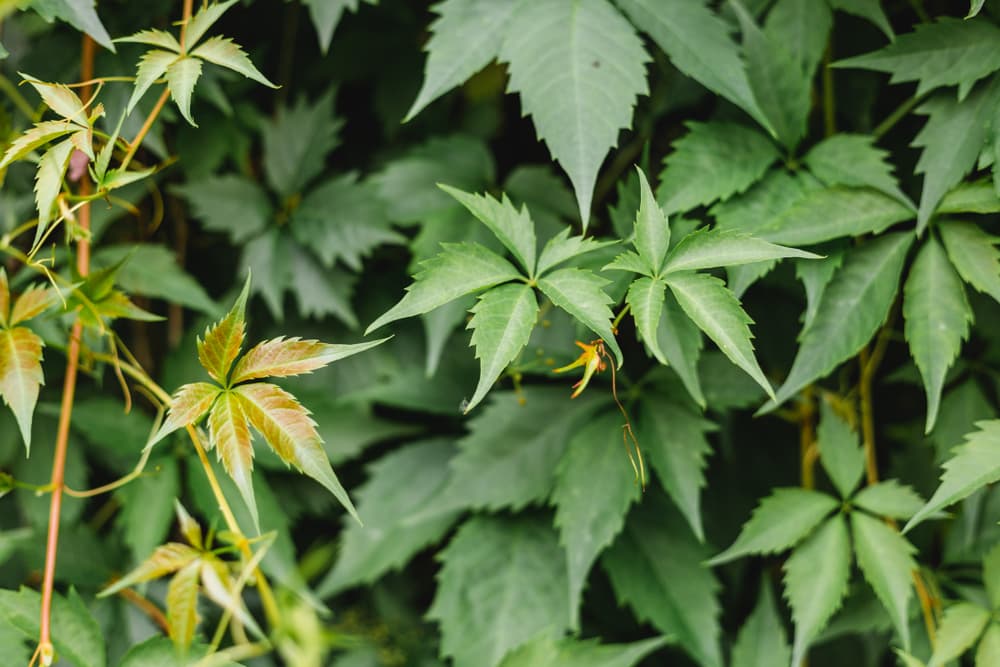
Colloquially known as ‘Chinese Virginia Creeper’, this alternative is preferable to many people due to its more modest growing speeds.
It does, however, demand a slightly more sheltered spot in the garden to really thrive.
How To Grow
Given that the plant is most commonly used to adorn the external walls of houses and outbuildings, the choice of location should be fairly straightforward.
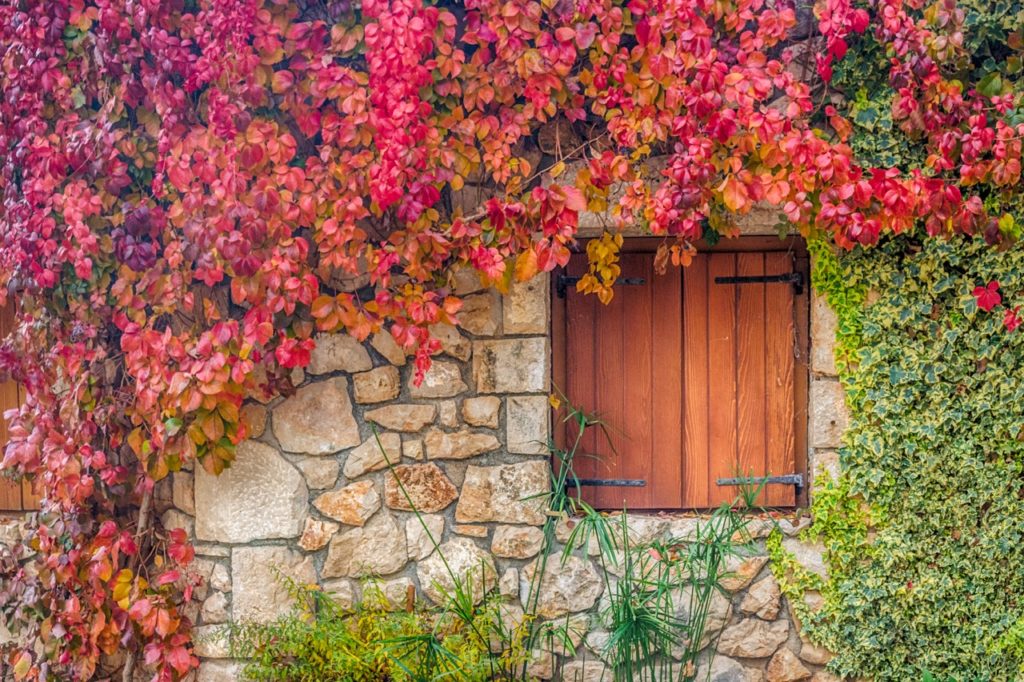
Since Virginia Creepers don’t develop self-clinging suckers for the first couple of years of their life, they should be trained up a trellis, bamboo canes or another support structure at the outset.
After that, they will be mature enough and resourceful enough to fend for themselves.
Ongoing Plant Care
The speed of Virginia Creeper’s growth is matched only by its relative unfussiness.

That’s reflected in its easy-going attitude towards the following elements:
Light
While Chinese varieties will benefit more from full sun exposure, the plant is hardy enough to do tolerably well in any aspect.
Soil Requirements
Don’t worry too much about soil quality, pH balance or makeup – just make sure it’s well-draining, since waterlogged roots are a big no-no.
Watering
Water the plant regularly until it is firmly established, after which time it should handle periods of drought relatively well.
If they become prolonged, give the soil a good soaking to slake its thirst.
Pruning
However, just because it flourishes without too much in the way of TLC, that doesn’t mean you can sit back and relax.
Quite the opposite: regular pruning will be necessary to ensure it doesn’t spiral out of control.
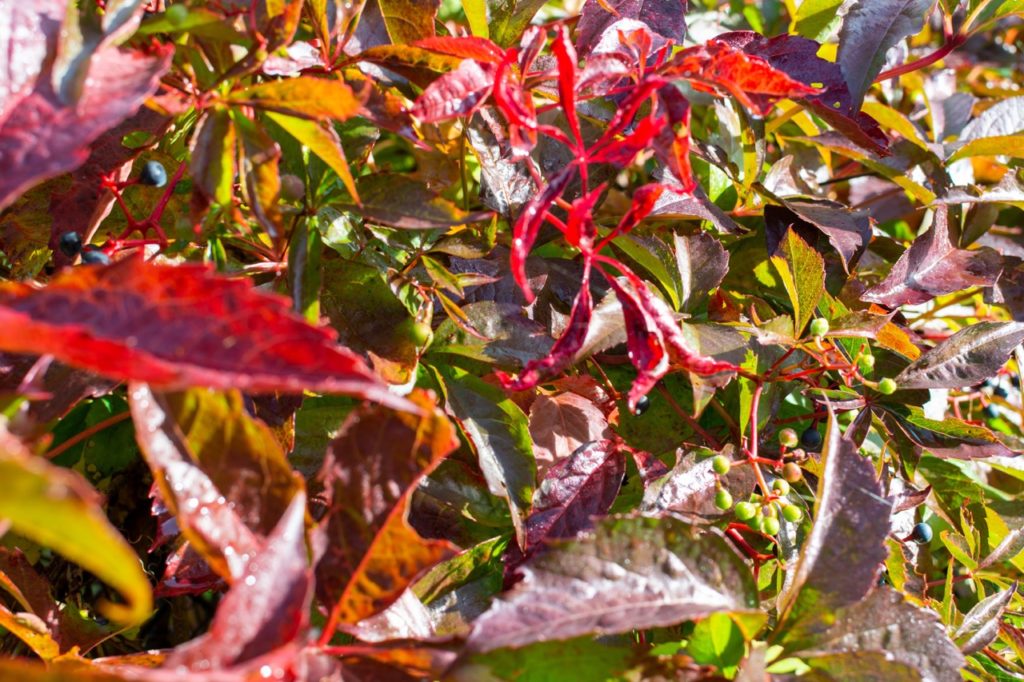
When pruning, first remove all dead or damaged vines, then thin out any congested areas.
Trim back as necessary, making each incision near a healthy bud.
Angle your secateurs away from the bud to create a cut that slants away from it.
“If needed, you can give Parthenocissus a light prune in Summer to check growth, as this often results in good autumn colour,” shares Master Horticulturist Dan Ori.
“I like to cut back half the current year’s growth in autumn or early winter until it nears the size I want and when it gets close to the size I need, I prune back to 2-3 buds of the current year’s growth.
“For a serious renovation of a large plant, you can often get away with cutting back to 1m from the base if you have some buds present.”
Problems
Although generally disease-free, Virginia creepers can be susceptible to fungal afflictions like anthracnose, cankers, leaf spot and powdery mildew.
This generally only occurs in excessively hot or humid conditions, especially if the plant has been neglected and become overgrown.
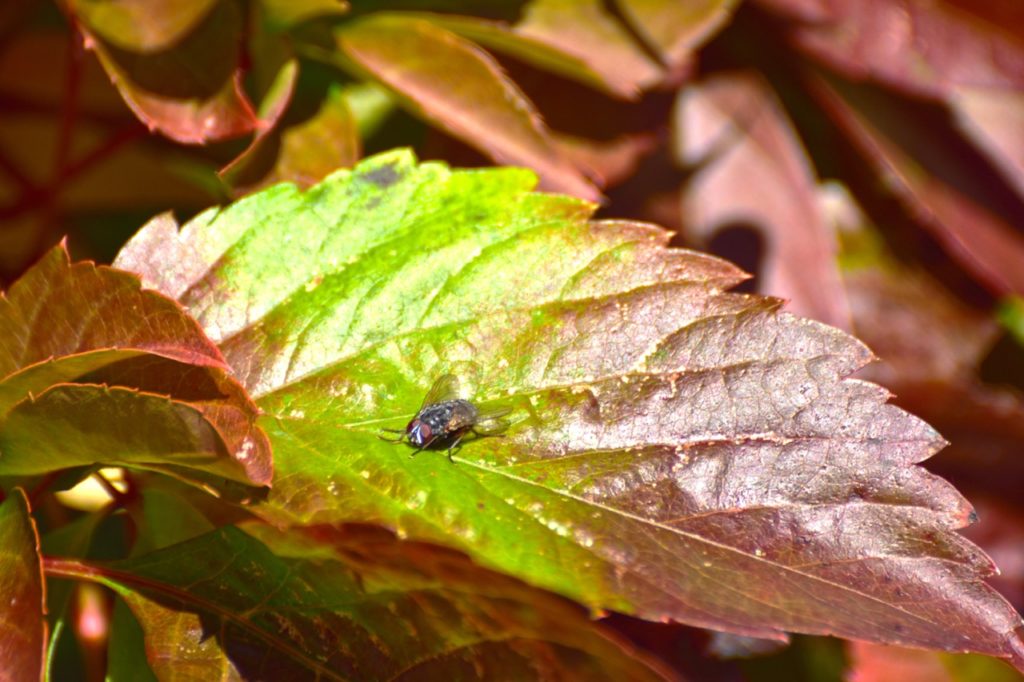
More common complaints are pest infestations.
Spider mites and aphids are just a few of the pests that are attracted to this plant.
Deal with them via an organic pesticide, if possible.
Controlling Virginia Creeper
The biggest issue with Virginia creepers is, as mentioned above, their proclivity for overstepping their boundaries.
Control them by cutting back aggressively in late autumn or early winter after the foliage has fallen away and you can see what you’re doing.
Pay special attention to areas in which the plant is encroaching on doors, windows and other features of the wall.

You should also ensure that it is not allowed to hang over fences or walls into neighbouring territory, since it can self-propagate very easily.
This is true with clippings, as well.
For that reason, it’s essential that when pruning, you make sure all cuttings are disposed of in a plastic bag or another appropriate receptacle.
“If you can’t remove your prunings from your garden, you can use the prunings to mulch the base of the plant or make leaf mold to mulch or pot up cuttings of Parthenocissus,” adds Dan.
Simply tossing them on the compost heap is a recipe for disaster!
References
- 1Allen, S., & LoPresti, M. (2009, October 1). Virginia Creeper: Beautiful Vine, Abundant Food Source. Loudoun Wildlife Conservancy. Retrieved March 22, 2023, from https://loudounwildlife.org/2009/10/virginia-creeper/
- 2Mahr, S. (n.d.-j). Virginia Creeper, Parthenocissus quinquefolia. Wisconsin Horticulture. Retrieved March 22, 2023, from https://hort.extension.wisc.edu/articles/virginia-creeper-parthenocissus-quinquefolia/
- 3Department for Environment, Food & Rural Affairs. (2011, May 26). Preventing the release into the wild of certain plants and animals: guidance. GOV.UK. Retrieved March 22, 2023, from https://www.gov.uk/government/publications/preventing-the-release-into-the-wild-of-certain-plants-and-animals-guidance

